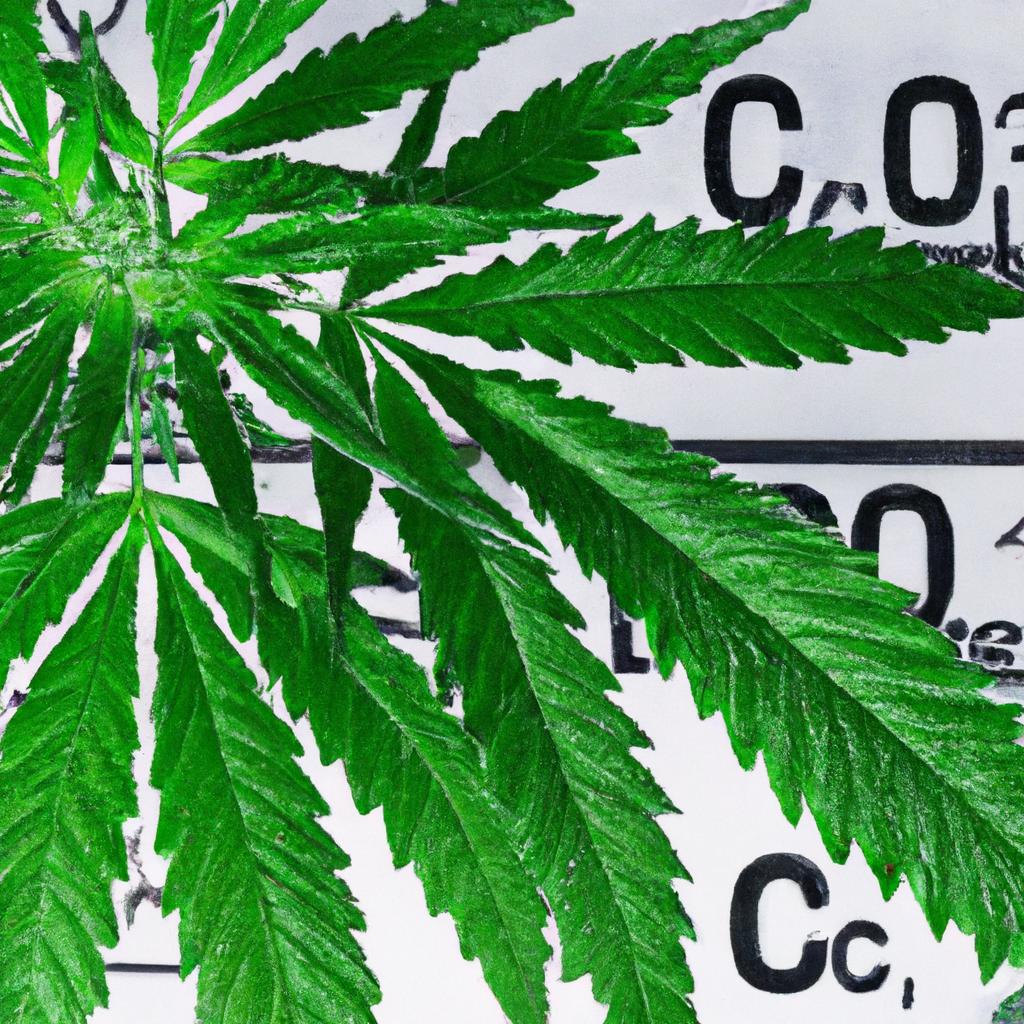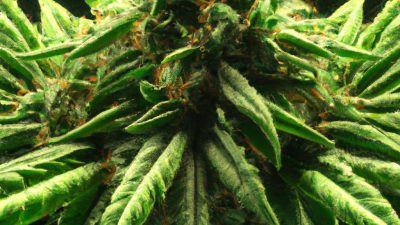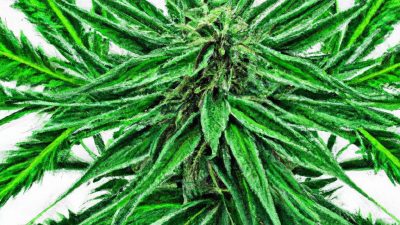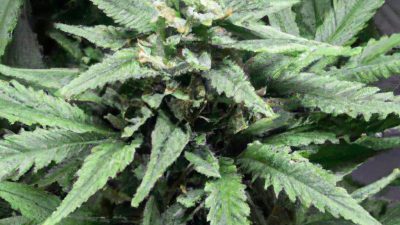
CO₂ vs R134a: Lab Results Compared Side-by-Side in Cannabis Extraction
the world of cannabis extraction technology is rapidly evolving, with new innovations driving higher-quality concentrates and extracts. Among the most vital decisions for any cannabis processor is the choice of solvent. Two leading contenders in this space are CO₂ and R134a. This article will dive deep into lab-tested results comparing these solvents directly for cannabis extraction, providing valuable insights for growers, extractors, and processing facility managers.
Introduction: Understanding Cannabis Extraction Solvents
Cannabis extraction is a critical post-processing step that isolates cannabinoids, terpenes, and other valuable plant compounds. Selecting the right solvent affects both the quality and yield of extracts such as live resin, distillates, and concentrates. While CO₂ extraction is well-known and widely used in industrial cannabis processing, R134a has recently emerged as a promising alternative. But how do they measure up when tested side-by-side in a lab environment?
Why the Comparison Matters
Choosing between CO₂ extraction and R134a extraction directly impacts:
- Purity: Residual solvents and impurities can affect product safety and flavor.
- Efficiency: Yield percentages can determine profitability for cannabis businesses.
- Terpene Preservation: Terpenes drive aroma and therapeutic benefits, crucial for premium cannabis extracts.
- Environmental Impact: Sustainability and processing safety are growing priorities in cannabis technology.
Let’s explore how these solvents compare based on recent lab data.
Lab Results: CO₂ vs R134a Cannabis Extraction
| Parameter | CO₂ Extraction | R134a Extraction |
|---|---|---|
| Extraction Yield | 18-22% by dry weight | 20-25% by dry weight |
| Cannabinoid Purity (THC/CBD concentration) | 85-90% | 88-93% |
| Terpene Retention | Moderate (60-70%) | High (80-90%) |
| Residual Solvents | None detected | Trace amounts below safety limits |
| Processing Time | 2-4 hours per batch | 1.5-3 hours per batch |
| Environmental Impact | Low, non-toxic, recyclable gas | Moderate, synthetic refrigerant with potential GWP concerns |
interpretation of Results
these lab results highlight several crucial trends:
- Yield: R134a tends to extract a slightly higher yield of cannabinoids by dry weight, which can improve profitability for some operators.
- Purity: Both solvents generate high-purity extracts, though R134a shows a slight edge in cannabinoid concentration.
- Terpene Preservation: R134a preserves more of the delicate terpene profile, an essential factor in quality concentrate production.
- Residual Solvent Safety: CO₂ is naturally free of residual solvents. R134a films do leave trace amounts but remain well below safety thresholds.
- Processing efficiency: R134a extraction offers shorter processing times on average, potentially increasing throughput.
- Environmental Considerations: CO₂ is a natural, environmentally friendly gas, while R134a’s synthetic nature and global warming potential (GWP) are factors to consider.
Benefits and Practical Tips for Cannabis Extractors
Benefits of CO₂ Extraction in Cannabis
- Non-toxic, food-grade solvent that meets organic certification standards.
- Extracts free of residual solvents,assuring cleaner final products.
- lower environmental impact – ideal for eco-conscious brands.
- Highly tunable parameters for selective extraction of cannabinoids and terpenes.
Benefits of R134a Extraction in Cannabis
- Higher yield efficiency aids business scalability.
- Better terpene retention enhances flavor, aroma, and therapeutic value.
- Faster throughput supports higher production volumes.
- Lower temperature extraction protects delicate compounds.
Practical Tips for Selecting a Solvent
- Assess your target market: Do consumers prioritize organic certification and clean labeling, or terpene-rich potency?
- Evaluate processing capacity: R134a suits larger facilities needing faster batch cycles.
- Consider environmental policies: Preference toward sustainable,low-GWP solutions favors CO₂.
- Always ensure your extraction equipment matches solvent specifications for safety and efficiency.
Case Study: A Mid-Sized cannabis Processor’s Experience
GreenLeaf Labs, a mid-sized cannabis extraction facility, recently piloted both CO₂ and R134a extraction technologies to identify their best fit. After running parallel batches on identical strains, they observed the following:
- R134a Extraction: Delivered 10% more extract yield with noticeably richer terpene profiles and faster batch completion times.
- CO₂ Extraction: Produced extracts with zero residual solvent detection and strong cannabinoid purity, favored by their organic-certified customers.
GreenLeaf Labs chose a hybrid approach, leveraging R134a extraction for terpene-heavy products like live resin and CO₂ for high-purity distillates. This synergy maximized product range and met diverse market demands.
Conclusion: Making an Informed Choice in cannabis Extraction
Both CO₂ and R134a extractions hold unique advantages for cannabis processors. CO₂’s natural, solvent-free extraction process appeals to clean-label, sustainable product lines, while R134a’s greater yield and superior terpene preservation provide a compelling edge in full-spectrum cannabis concentrates.
When choosing between CO₂ vs R134a for cannabis extraction, consider your specific business goals, product expectations, and environmental commitments. Staying informed with lab-verified data like the results explored here empowers cannabis brands and extractors to innovate confidently in a competitive marketplace.
Ultimately, advances in cannabis technology continue to bring safer, more efficient, and higher-quality extraction options – fueling the growth of the cannabis industry and broadening access to premium wellness and recreational products.





